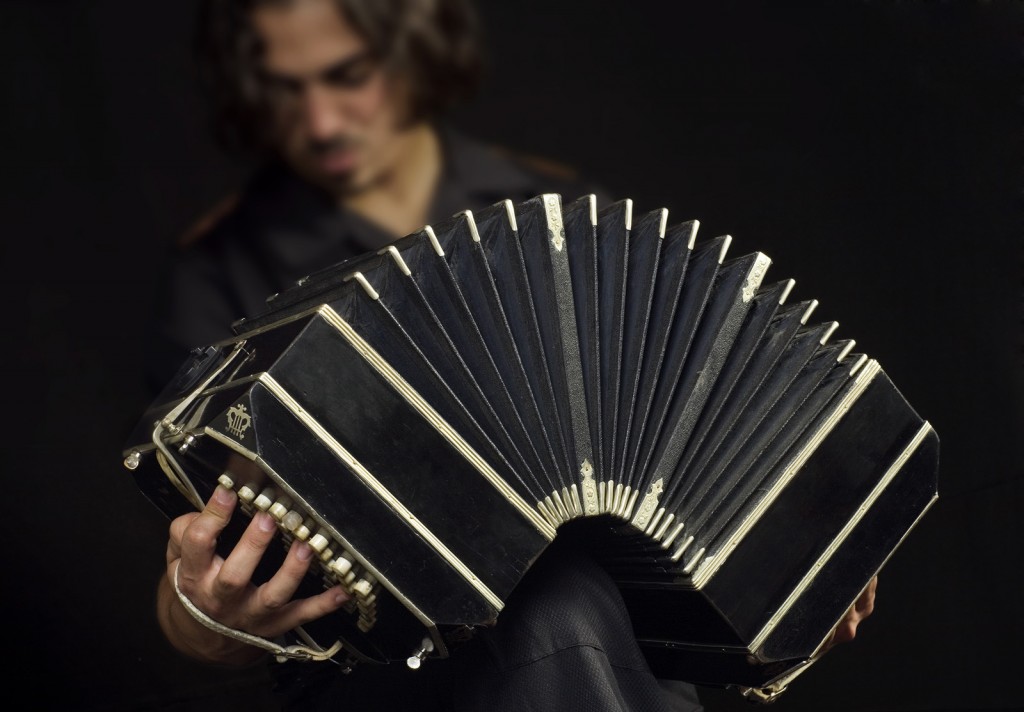THE HISTORY OF TANGO MUSIC

Tango music is very distinctive to the ear and is most commonly played as an instrumental piece. The music was heavily influenced by the European immigrants residing in Buenos Aires in the 19th Century, hence the ballroom style of 2/4 or 4/4 time. The rhythms of tango music were heavily influenced by the African communities.
The first Tango ever recorded was made by Angel Villoldo in the early 1900’s and played by the French National Guard in Paris. Villoldo recorded in Paris because at that time there were no recording studies in Argentina.
With the popularity of the dance, came the popularity of the music. From 1903-1910 over 300 records were released of tango music and those numbers continued to grow to 2,500 records from 1910-1920. Tango sheet music also sold in large quantities during this time.
The music was played by portable instruments: flute, guitar and violins. The bandoneon, a type of concertina, arrived in Argentina at the end of the 19th century and became a standard musical instrument in tango music. The bandoneon broadened the popularity of certain tango songs.
Soon came about the tango sextet which is commonly known today as consisting of a piano, double bass, two violins and two bandoneons. Together these instruments create the sounds of the tango.
